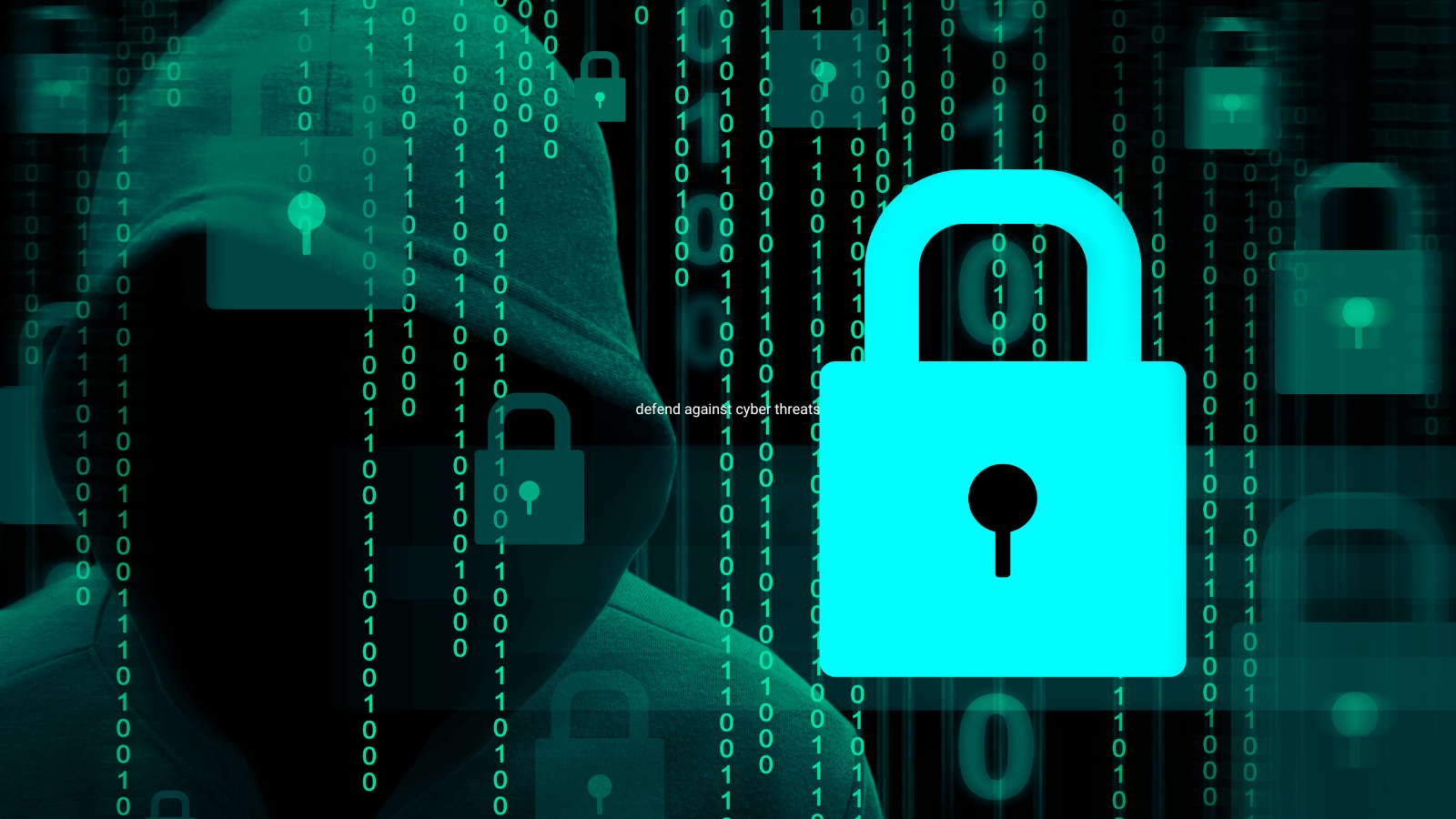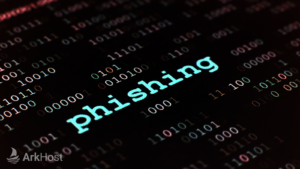As technology continues to advance, the potential for cyber threats also increases. Cybersecurity is a growing concern for both individuals and businesses, and it’s important to take steps to protect yourself and your organization from these threats. In this blog post, we’ll discuss some practical steps you can take to defend against cyber threats at work and at home.
First, let’s define what we mean by “cyber threats.” These can include malware, ransomware, phishing attacks, and other forms of online deception and hacking. Cyber threats can result in stolen data, financial loss, and even identity theft.
One of the most effective ways to defend against cyber threats is to educate yourself and your employees about the risks. This means understanding common tactics used by cyber criminals and knowing how to recognize suspicious activity. For example, be wary of unexpected emails or messages from unknown sources, and never click on links or download attachments from untrusted sources.
In addition to educating yourself and your employees, it’s also essential to implement strong security measures. This can include using robust passwords, regularly updating software and security protocols, and implementing firewalls and other security software.
Another key aspect of defending against cyber threats is to regularly back up your data. This means creating copies of important files and storing them in a separate location, such as an external hard drive or cloud storage service. This way, if your computer or network is compromised, you’ll still have access to your critical data.
If your organization is targeted by a cyberattack, it’s critical to have a plan in place to respond. This should include steps for containing the attack, restoring any lost data, and taking steps to prevent future attacks. It’s also a good idea to have a designated team or individual responsible for managing the response to a cyberattack.
In addition to the steps outlined above, there are also a few other measures you can take to protect yourself and your organization from cyber threats. For example, consider investing in cyber insurance, which can provide financial protection in the event of a successful attack. You can also stay up-to-date on the latest cybersecurity news and trends, and be on the lookout for new threats and vulnerabilities.
In conclusion, defending against cyber threats requires a combination of education, strong security measures, and a plan for responding to attacks. By taking these steps, you can protect yourself and your organization from the potentially devastating consequences of cyberattacks.
Which measures can we take?
Here are some specific measures you can take to defend against cyber threats:
- Educate yourself and your employees about common cyber threats and how to recognize them.
- Implement strong security measures, such as using robust passwords and regularly updating software and security protocols.
- Regularly back up your data to a separate location.
- Have a plan in place to respond to a cyber attack, including steps for containing the attack and restoring lost data.
- Consider investing in cyber insurance.
- Stay up-to-date on the latest cybersecurity news and trends.
Educate yourself and your employees about common cyber threats and how to recognize them.
One of the most effective ways to defend against cyber threats is to educate yourself and your employees about the risks. This means understanding common tactics used by cyber criminals and knowing how to recognize suspicious activity. For example, be wary of unexpected emails or messages from unknown sources, and never click on links or download attachments from untrusted sources.
Additionally, it can be helpful to have regular training sessions or seminars to educate employees on the latest cyber threats and how to protect against them. This can help to ensure that everyone in the organization is aware of the risks and knows how to take appropriate action to defend against them.
By educating yourself and your employees about cyber threats, you can significantly reduce the likelihood of a successful attack on your organization. It’s also important to regularly review and update this information, as the landscape of cyber threats is constantly changing.
Implement strong security measures, such as using robust passwords and regularly updating software and security protocols.
In addition to educating yourself and your employees about cyber threats, it’s also important to implement strong security measures. This can include using robust passwords, regularly updating software and security protocols, and implementing firewalls and other security software.
When it comes to passwords, it’s important to use unique, complex passwords for each of your accounts. Avoid using the same password for multiple accounts, and avoid using easily guessable passwords such as your name or birthdate. It can also be helpful to use a password manager, which can help you generate and store strong, unique passwords for all of your accounts.
Multi-Factor Authentication (MFA) is a security measure that requires users to provide multiple pieces of evidence, or “factors,” to verify their identity before gaining access to an account or system. This can include something the user knows (such as a password), something the user has (such as a security token), or something the user is (such as a fingerprint or facial recognition).
MFA can provide an additional layer of security by making it more difficult for attackers to gain access to an account or system. Even if an attacker can obtain a user’s password, they would also need to have access to the other factors required for MFA to gain access.
MFA is becoming increasingly common, and many organizations now require it for accessing sensitive systems or data. It’s a good idea to use MFA wherever possible, as it can provide an additional level of protection against cyber threats.
Regularly updating your software and security protocols is also crucial for defending against cyber threats. This includes updating your operating system, as well as any other software you use, such as web browsers, email clients, and security software. By keeping your software up-to-date, you can ensure that you have the latest security features and patches to protect against known vulnerabilities.
Finally, implementing firewalls and other security software can help to protect your network and prevent unauthorized access. A firewall can act as a barrier between your network and the internet, blocking malicious traffic and helping to prevent attacks. Other security software, such as antivirus programs, can help to identify and remove malware and other threats.
Overall, implementing strong security measures is an essential step in defending against cyber threats. By taking these measures, you can help to protect your organization from potential attacks and ensure the security of your data.
Regularly back up your data to a separate location.
Another key aspect of defending against cyber threats is to regularly back up your data. This means creating copies of important files and storing them in a separate location, such as an external hard drive or cloud storage service. This way, if your computer or network is compromised, you’ll still have access to your critical data.
Backing up your data regularly is essential for a few reasons. First, it can help to protect against data loss due to hardware failure, accidental deletion, or other unforeseen events. Second, it can provide a way to restore data in the event of a successful cyberattack, such as ransomware that encrypts your files.
There are a few different ways you can back up your data. One option is to use an external hard drive, which allows you to physically store copies of your data in a separate location. Another option is to use a cloud storage service, which allows you to store your data on a remote server and access it from anywhere with an internet connection.
Regardless of the method you choose, it’s important to back up your data regularly. This can help to ensure that you have access to your critical files, even in the event of a successful cyberattack.
Have a plan in place to respond to a cyberattack, including steps for containing the attack and restoring lost data.
If your organization is targeted by a cyberattack, it’s critical to have a plan in place to respond. This should include steps for containing the attack, restoring any lost data, and taking steps to prevent future attacks. It’s also a good idea to have a designated team or individual responsible for managing the response to a cyberattack.
The first step in responding to a cyberattack is to contain it. This may involve disconnecting affected systems from the network, shutting down servers, or taking other steps to isolate the attack and prevent it from spreading. Once the attack has been contained, you can then focus on restoring any lost or damaged data.
If you have regularly backed up your data, as discussed above, this can make the restoration process much easier. You can simply restore the data from the most recent backup, and be up and running again quickly. If you haven’t backed up your data, you may need to try and recover it from the affected systems, which can be a more complex and time-consuming process.
Once the attack has been contained and any lost data has been restored, it’s important to take steps to prevent future attacks. This may involve conducting a thorough review of your security measures and making any necessary updates or improvements. It can also be helpful to review your response plan, and make any necessary changes to ensure that you’re prepared to handle future attacks.
In conclusion, having a plan in place to respond to a cyberattack is critical for minimizing the impact of the attack and ensuring that your organization can recover quickly. By being prepared and having a designated team in place to manage the response, you can help to protect your organization from the potentially devastating consequences of a cyberattack.
Consider investing in cyber insurance.
In addition to the steps outlined above, there are also a few other measures you can take to protect yourself and your organization from cyber threats. For example, consider investing in cyber insurance, which can provide financial protection in the event of a successful attack.
Cyber insurance can help to cover the costs associated with a cyber attack, such as the cost of hiring a cybersecurity firm to help with the response, the cost of notification and credit monitoring for affected individuals, and the cost of any legal fees. In some cases, cyber insurance can also cover the cost of lost or stolen data, or the cost of restoring systems and data after an attack.
While investing in cyber insurance can provide valuable protection, it’s important to carefully review the policies and coverage offered by different insurance providers. Different policies may have different exclusions and limitations, so it’s important to choose a policy that provides the coverage you need.
Overall, cyber insurance can be a valuable tool for protecting yourself and your organization against the financial consequences of a cyber attack. By investing in a policy that meets your needs, you can have peace of mind knowing that you have some financial protection in the event of an attack.
Stay up-to-date on the latest cybersecurity news and trends.
Another measure you can take to protect yourself and your organization from cyber threats is to stay up-to-date on the latest cybersecurity news and trends. By staying informed, you can learn about new threats and vulnerabilities, and take steps to protect yourself and your organization from these risks.
There are a few different ways you can stay up-to-date on cybersecurity news and trends. One option is to follow industry news and trade publications, which can provide regular updates on the latest developments in the world of cybersecurity. You can also follow cybersecurity experts and organizations on social media, or sign up for newsletters and alerts from these sources.
In addition to staying informed, it’s also important to regularly review and update your security measures. This can help to ensure that you’re using the latest and most effective tools and techniques to protect against cyber threats. It’s also a good idea to review your response plan and make any necessary updates, to ensure that you’re prepared to handle future attacks.
Overall, staying up-to-date on the latest cybersecurity news and trends is an important step in defending against cyber threats. By staying informed and regularly reviewing and updating your security measures, you can help to protect yourself and your organization from the constantly evolving landscape of cyber threats.
Example sources to stay updated
Here are a few examples of sources you can use to stay up-to-date on the latest cybersecurity news and trends:
- Industry news and trade publications: There are many websites, blogs, and publications that provide regular updates on the latest developments in the world of cybersecurity. Examples include Krebs on Security, Dark Reading, and SC Magazine.
- Cybersecurity experts and organizations: Many cybersecurity experts and organizations have social media accounts, blogs, or newsletters that provide updates on the latest threats and vulnerabilities. Examples include the Cybersecurity and Infrastructure Security Agency (CISA) and the National Institute of Standards and Technology (NIST).
- Government agencies: Government agencies such as the Federal Trade Commission (FTC) and the Department of Homeland Security (DHS) also provide regular updates on cybersecurity threats and vulnerabilities.
- Alerts and notifications: Many cybersecurity companies and organizations offer alerts and notifications that can help you stay informed of the latest threats. For example, you can sign up for email alerts from the FTC or follow the CISA on Twitter to receive regular updates.
By staying informed and regularly reviewing and updating your security measures, you can help to protect yourself and your organization from the constantly evolving landscape of cyber threats.




